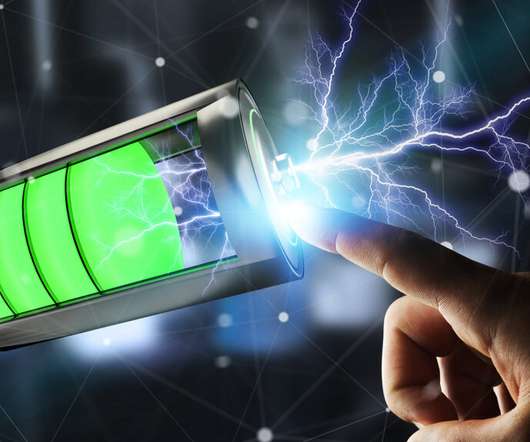India’s Top 10 Lithium-ion Battery Manufacturers for 2023
Electric Vehicles India
JANUARY 23, 2023
A lithium battery includes an anode, a cathode, a separator, an electrolyte, and a current collector. When the battery is charged, the positive electrode releases some of the lithium ions, which migrate through the electrolyte to the negative electrode. The battery absorbs and stores this energy.












Let's personalize your content